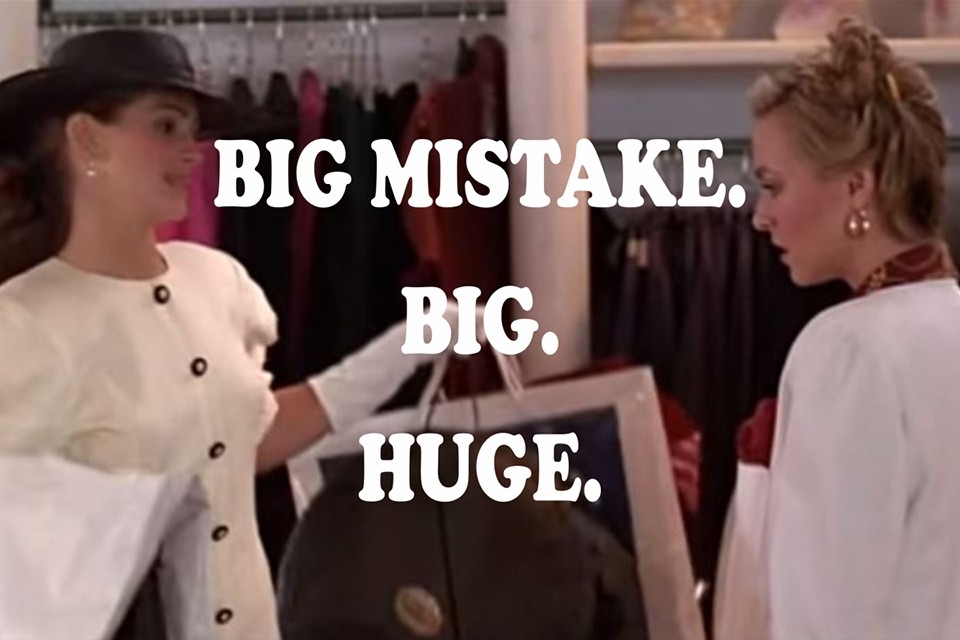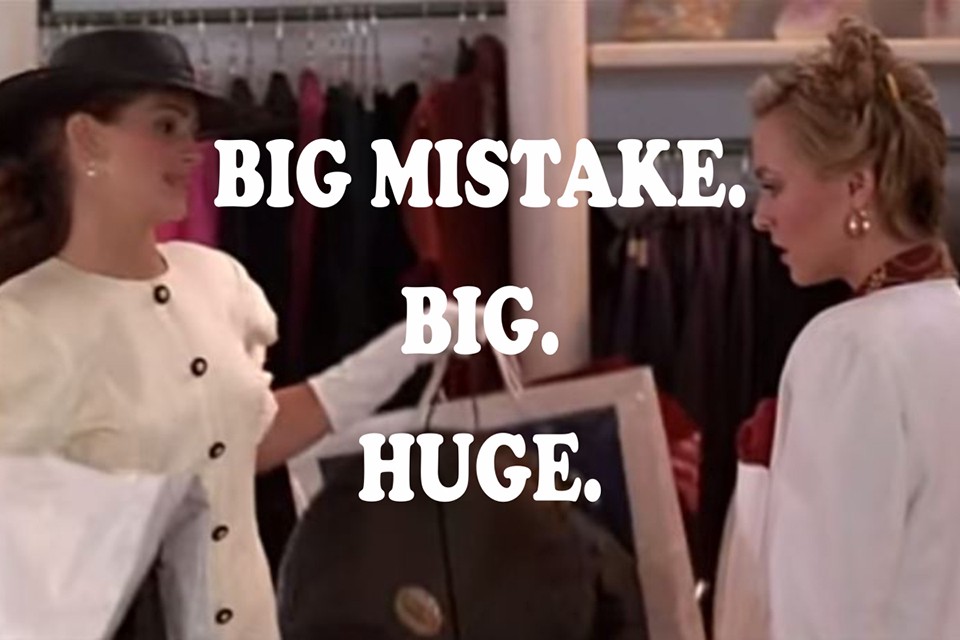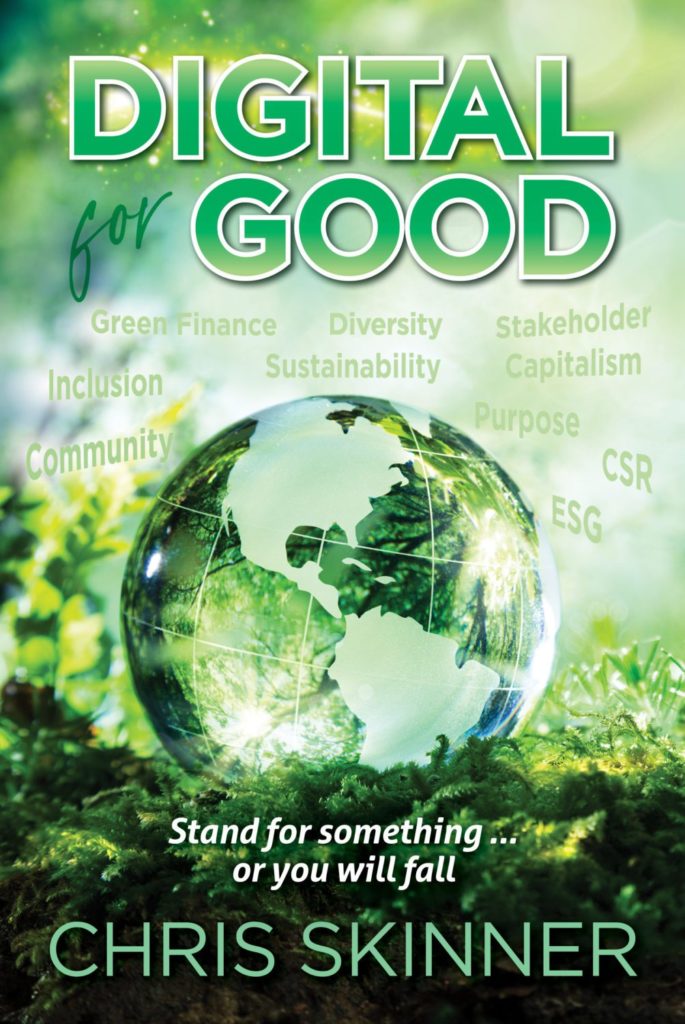
Focusing just on the payments space, there are many folks making forecasts for 2022. Here are the highlights.
The Financial Brand lists seven major trends for 2022:
- The ‘P2P’ Wars Will Continue Unabated
- Despite All the New Stuff, Cards (and Cash) Roll On
- BNPL: The Payments Wild Card
- It’s A Wallet! It’s a Platform! It’s Super App!
- Embedded Payments (Spending You Hardly Feel)
- Real Time Payments Keep Grinding Forward
- Mastercard and Visa: Bloodied But Unbeaten
PXP Financial sent me some views that I quite liked, which can be summarised as:
- The departure from cash because of COVID-19 has influenced digital alternatives
- The rise of Open Banking will accordingly facilitate more open ecosystems, further intensifying competition and leading to a raft of improved solutions for customers.
- In-store contactless payments via mobile wallet exceeded cash or card payments for the first time in 2020 and is expected to increase further.
- Regulatory changes will tighten as banks must perform additional checks to confirm identity when payments are made.
These all make sense.
Writing in The FinTech Times, Polly Jean Harrison cites nine big plays for 2022:
- Cloud-first is becoming the go-to model for banking and payment organisations that put agility, cost efficiency and reduced time to market on their top priority list.
- Forrester predicts that 2022 will be the year of convergence between edge, IoT and networking tech.
- Software point-of-sale or “tap-to-phone technology”(SoftPOS) is gaining momentum against traditional EFT/POS based services
- Alternative payment methods, particularly QR codes, will be big
- More regulation of Buy Now, Pay Later (BNPL)
- With cybercrime rising 600% during the COVID-19 pandemic there will be a much bigger focus on fraud management
- Central Bank Digital Currencies (CBDC) will start to emerge
- Super Apps as platofrms are developing and Open banking and APIs that interconnect these applications and payment services will be essential in building a super app
- Embedded (invisible) finance will become a real thing
Payments firm UTP Merchant Services corroborates Polly’s views:
- The rise of SoftPoS will continue
- Fraud awareness will grow
- Brexit’s impact may be less severe than expected on the Payments Industry
- Merchants will use data to enhance customer experience and improve governance
- Payments will get faster
But we cannot talk payments without talking crypto. Tim Frost, founder of Yield App, makes clear this is a critical space:
- Upward price pressure as the mainstream jumps on board
- GamFi goes global
- New layer ones will unseat Ethereum
- Ethereum will face an inquisition, but ETH will still go to $10,000
- Bitcoin will go to $150,000 as more countries adopt it as legal tender
- Covid will jump-start the Metaverse
And gives a few Top Token Tips
- Decentr
- Solana
- Curve
And if you want to know the Top 10 cryptocurrencies to buy in 2022, well, here’s a list for you:
- Bitcoin
- Ethereum
- Litecoin
- Ripple’s XRP
- Binance coin
- Tether
- Cardano
- Polkadot
- Dogecoin
- U.S. Dollar Coin
There's also Monero, Dash and Solano.
Coinbase also make ten interesting predictions:
- Eth scalability will improve, but newer L1 (Layer 1) chains will see substantial for increased scalability
- There will be significant usability improvements in L1-L2 (Layer 1 to Layer 2) bridges
- Zero knowledge (ZK) proof technology will get increased traction
- Regulated Defi and emergence of on-chain KYC attestation
- Institutions will play a much bigger role in Defi participation
- Defi insurance will emerge
- NFT Based Communities will give material competition to Web 2.0 social networks
- Brands will start actively participating in the metaverse and NFTs
- Web2 companies will wake up and will try to get into Web3
- Time for DAO 2.0
On the last list above, if you're googling all those terms and wondering what the hell it means, you shouldn't be in payments. And there's the mistake. Y'see, what’s interesting for me is the difference between my first set of lists here and the second. So many payments people are talking about the traditional things, specifically automating retail point of sale. So many payments people are not talking about the new things, specifically automating mobile and online payments through crypto. It's like payments people don't believe you can use cryptocurrencies to pay for anything. Big mistake. Big. Huge.
Do payments people honestly believe there will be no-one using cryptocurrencies to make payments in the future? And what about Central Bank Digital Currencies (CBDCs) and stablecoins and Diem and stuff?
There’s a bifurcation of the market here. By way of example, billionaire investor Chamath Palihapitya has boldly predicted that Visa and Mastercard, two of the biggest payment processors, will be overthrown by emerging blockchain and DeFi projects in 2022. "My biggest business loser for 2022 is Visa and MasterCard and traditional payment rails and the entire ecosystem around it," he said in an episode of the "All-In Podcast". To him, the long-standing payment systems used all over the world are a "completely contrived duopoly that doesn't need to exist."
That's a simplistic view when the two branded cards share almost 200 million Points-of-Sale worldwide, not even including the online and mobile payments world, but he does have a point. After all, it is called MasterCard.
But payments thinking that ignores DeFi and crypto is dangerous thinking. In fact, I think the whole bifurcation of old and new was articulated brilliantly by Simon Taylor's weekly rant over the new year, where he makes clear the difference between old style banking and DeFi:
Banking (grossly oversimplified):
- When you deposit a check at the bank, what you're doing is lending to that bank (but we call it deposits or saving).
- Because you are lending to the bank, they pay you interest.
- The bank can then take those deposits and lend them to other people (we won't go into fractional reserve, or how they can lend the same dollar 10x but here's a good summary).
- The bank charges its customers (e.g., 10%) for lending but pays much less (e.g., 1%) to depositors.
- The difference between its cost of capital (what it pays depositors) and the income it receives from lending is its revenue (or Net interest margin, this doesn't include other fees it might charge, etc.). So, 10% - 1% = 9%.
- The bank's committees and management set these lending and saving rates.
- The bank then has to pay for its infrastructure costs like staff, technology, branches, licenses, and more.
- A bank's profit is its revenue minus costs (it's somewhat more complex than that but stay with me on this helpful metaphor).
- Those profits are then often distributed by banks in the form of dividends to shareholders.
DeFi (grossly oversimplified and zoomed out):
- When you deposit an asset in DeFi, it’s called lending to a "liquidity pool." But think of it as a deposit. (A liquidity pool is a wallet managed by a software algorithm with instructions baked in. In DeFi, a wallet, like a physical leather wallet, holds the asset itself, AKA "self custody").
- Because you are depositing to a liquidity pool (LP), it “pays” you interest.
- An algorithm (DeFi Protocol) and liquidity pool (LP) can lend those assets to borrowers (although it does not do fractional reserve in most cases, usually lending is 1:1).
- The Liquidity Pool charges its customers for lending but pays slightly less to depositors. (e.g. charging 10% to borrow, paying 1% to depositors)
- The difference between what it pays to deposit wallets and borrow wallets is delivered to depositors. e.g. 10% - 1% = 9%. (and a wallet that holds funds for future development of the DeFi protocol)
- The DeFi protocol sets the rate algorithmically based on the perceived risk of borrowers vs. depositors.
- The DeFi protocol has almost zero fixed costs (aside from algorithm maintenance and marketing.)
- The DeFi protocol itself doesn't take a profit, but disributes most of it to depositors and returns a small surplus to a treasury wallet.
- The treasury funds are then used to fund contributors (individuals or companies) to upgrade the protocol or make grants to benefit the community. The protocol doesn't have shareholders but has token holders, where things get pretty different.
Therefore, if I was looking forward to 2030, I reckon the traditional payments people’s oversight and omittance of cryptocurrenices in their payments trends and plans will be a big mistake. As Julia Roberts said in Pretty Woman …
Chris M Skinner
Chris Skinner is best known as an independent commentator on the financial markets through his blog, TheFinanser.com, as author of the bestselling book Digital Bank, and Chair of the European networking forum the Financial Services Club. He has been voted one of the most influential people in banking by The Financial Brand (as well as one of the best blogs), a FinTech Titan (Next Bank), one of the Fintech Leaders you need to follow (City AM, Deluxe and Jax Finance), as well as one of the Top 40 most influential people in financial technology by the Wall Street Journal's Financial News. To learn more click here...























